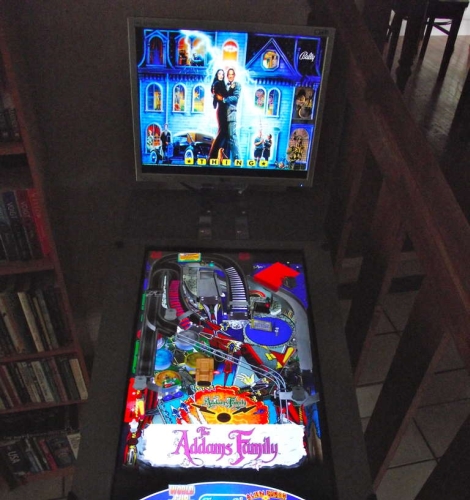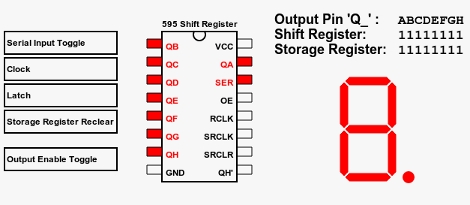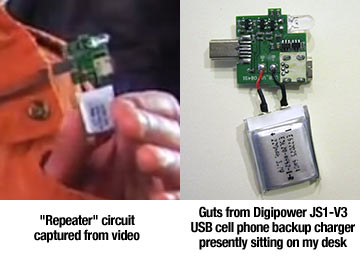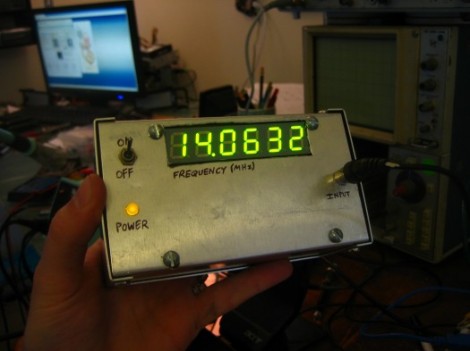
As you well know, today is March 14th – aka “Pi Day”.
Celebrated in math classrooms around the country, this truly is a celebration that belongs to the geeks. Here at Hack-a-Day, we too love Pi day, though we might not outwardly celebrate it with as much gusto as expressed by some of our readers.
[Chris Poole] is one Hack-a-Day fan who knows how to make the most of this mathematical holiday. He has put together a neat SIP-based phone service that reads Pi aloud to anyone who calls. He is running Asterisk in combination with Perl to read off the numbers, and is using a free SIP DID number to accept the calls. We gave it a shot earlier today, and were greeted by a gentle synthesized voice reading off the numbers of Pi. We’re not sure how many digits it is programmed to handle, as we stopped after about 20, so give him a call and let us know how many digits you make it through.
As a parting note, no Pi Day would be complete without a few obligatory Pi-related (albeit old) web comics and pastry concoctions, so here you go!


















